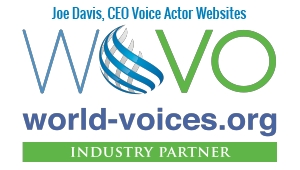For an entrepreneur, there is always one nagging question that has to be answered every single day: What should we build next? As the CEO of two tech companies, this question awaited me as soon as I opened my laptop in the morning and was still on my mind when I turned out the lights before bed each night. “What do we build next?” is such an important question because the answer determines whom you hire, how much you spend, and, most importantly, whether your company will succeed or fail. The building phase is where your blood, sweat, and tears (not to mention money) all go. But how do we decide what to build? What determines which projects we should invest in improving versus which ones we should ignore?
For most of the history of product development, employees built whatever the boss wanted them to build. The leader of the company sent down orders from on high and teams got to work turning that vision into reality. Sometimes, the executive was right and the innovation would be successful, but most often those at the top were wrong. Product teams would spend months if not years (typically isolated from customers) building products that no one ultimately wanted. The lack of user input led to countless product failures.
More recently, a new philosophy of innovation has changed the way many companies do business. Entrepreneurs-turned-authors such as Steve Blank and Eric Ries have promoted building products through continuous improvements by constantly testing and validating ideas with customers. By listening to customer feedback, they argue, companies can decrease the odds of building something no one really wants. I am a subscriber and advocate of Blank and Ries’ process of “customer development.” However, I found something missing when I implemented their methodology—the answer to that same nagging question regarding what to build.


